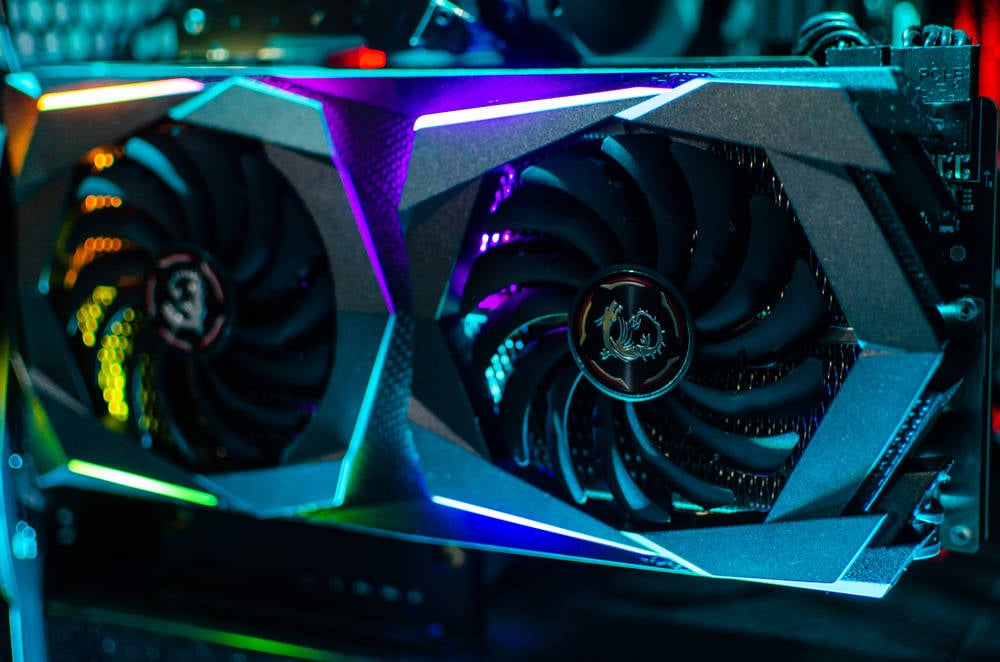Consumer-grade GPU shipments are experiencing significant growth, as reported by graphics-focused analyst firm Jon Peddie Research. However, this growth is not primarily driven by the rise of generative AI or the concept of AI PCs.
In the latest report from the firm, it was revealed that GPU shipments surged by 32 percent year over year in the fourth quarter of 2023, amounting to 9.5 million units, with a 6.8 percent increase quarter to quarter.
According to JPR analyst Jon Peddie, the growth in GPU shipments is not fueled by AI. He emphasized that PCs equipped with GPUs capable of AI inference have been available for over a decade, indicating that it is not a recent development.
Peddie clarified that the notion of AI PCs is currently more of a marketing strategy to promote systems with neural processing units (NPUs), which require optimized applications to distribute workloads efficiently among various accelerators. This aligns with a previous report by Gartner, highlighting that the software integration of AI lags behind AI PC hardware advancements.
The analyst expressed skepticism about the immediate impact of AI PCs on driving increased graphics card sales, labeling it as predominantly hype at present. While some individuals may purchase new systems or GPUs to experiment with local AI, Peddie does not foresee a significant surge in graphics card sales due to AI PCs.
Peddie attributed the actual growth in GPU sales to enhanced availability leading to reduced prices, thereby making new cards more appealing to consumers.
During the COVID-19 pandemic and the subsequent crypto boom, retailers were able to markup prices significantly above the manufacturers’ suggested retail prices, particularly for high-end products like Nvidia’s RTX 4090 and RTX 4080. However, the market has since stabilized, indicating a return to seasonal trends.
Recent price reductions for consumer and prosumer-grade GPUs, including Nvidia’s Super-series GPUs, have made these products more accessible to consumers. Additionally, AMD and Intel have introduced budget-friendly cards catering to users less concerned with high frame rate 4K gaming.
Looking at the competitive landscape, Nvidia maintained its dominance in the desktop graphics sector, commanding an 80 percent market share. Nevertheless, the JPR report highlighted that AMD experienced the most significant growth during the holiday quarter, with a notable increase in shipments compared to the prior year.
While AMD’s AIB partners saw a 17 percent quarterly growth and a 117 percent year-on-year increase in GPU shipments, Nvidia’s growth was more modest. As a result, Nvidia’s market share slightly contracted, indicating a potential shift in market dynamics.
Peddie characterized this shift as a minor adjustment, suggesting that both Nvidia and AMD will continue to compete for market share based on product availability. AMD’s strategic focus on mid-range, high-volume products has proven successful in boosting shipments and providing competitive value in the market.
In contrast, Intel, a newer player in the consumer graphics market with its Arc-series, has captured only a one percent market share as of Q4 2023. This share has decreased from two percent in the previous year, possibly due to buyers awaiting the release of Intel’s upcoming Battlemage GPUs, expected to launch later this year.
As Intel prepares for the launch of Battlemage GPUs, it will face competition from next-gen cards from Nvidia and AMD, both of which are planning to refresh their consumer graphics offerings in the coming year.
Looking ahead to the first quarter of 2024, industry analysts anticipate a stable market environment, driven in part by the recent GPU launches from Nvidia and AMD at CES.










